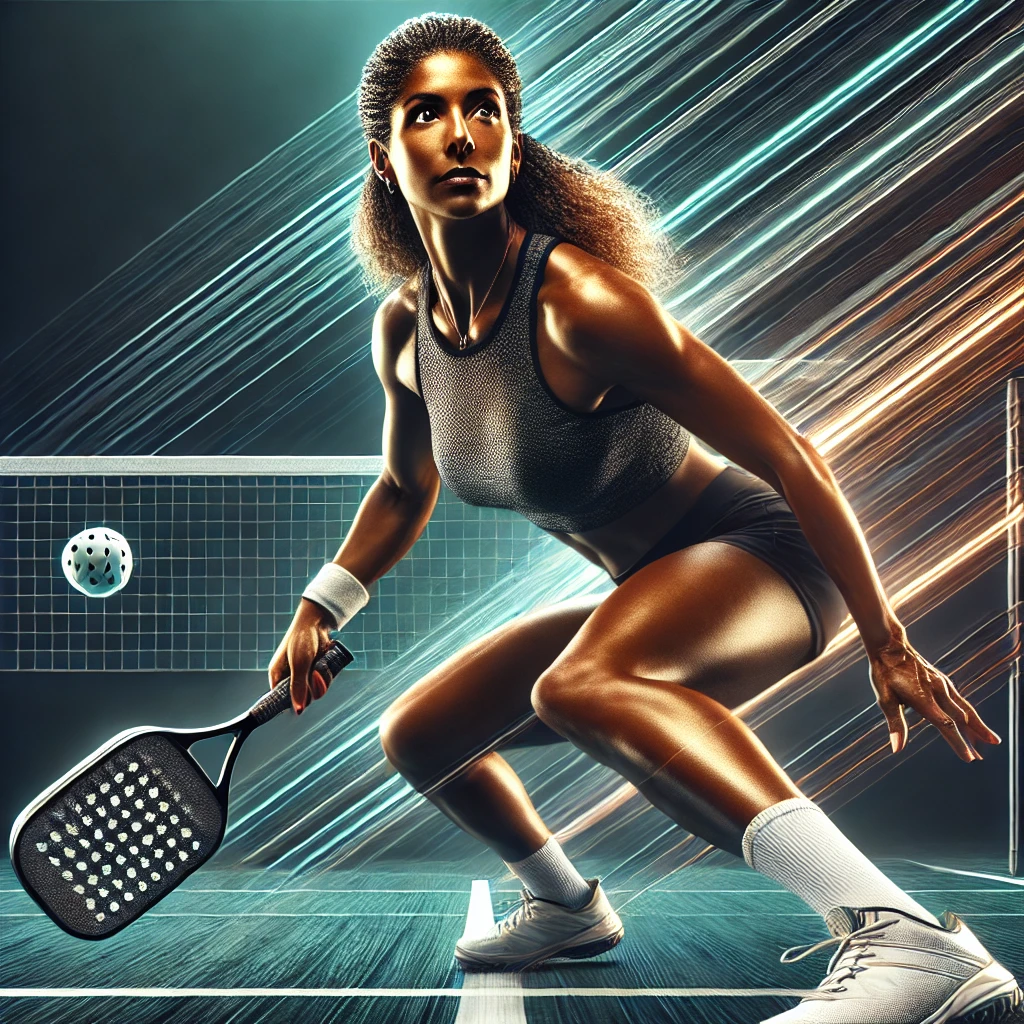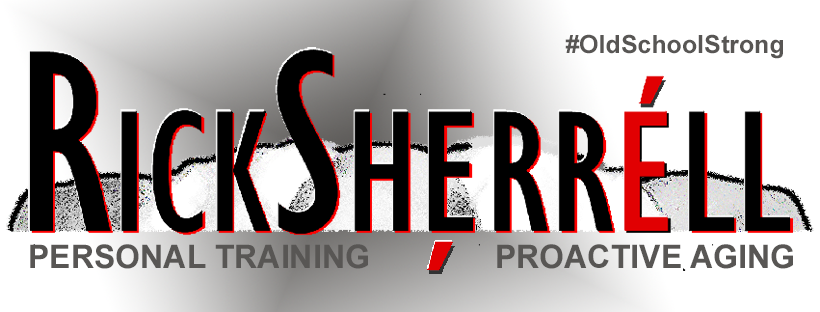Because Staying on Your Feet is More Fun Than Hitting the Ground

Let’s face it, nobody wants to hobble off the pickleball court before they’ve had their fill of dinks and drives—especially our 50+ players who plan to keep smashing well into their golden years. That’s where squats come in. They’re one of the most effective ways to build bulletproof knees and protect yourself from unwelcome injuries.
Why Squats Matter in My “Blueprint”
In my holistic “Proactive Aging Blueprint” for staying active and injury-free, lower-body strength is a non-negotiable. Squats (done right) build the quads, hamstrings, and glutes—key muscles that stabilize your knees and keep you balanced on the court. Think of them as a tune-up for the engine that powers your every step, shuffle, and lunge.
How to Squat Safely (Especially If You’re Over 50)
- Find Your Footing: Stand with your feet about shoulder-width apart. This stable base gives your knees and hips the freedom to move without feeling wobbly.
- Hinge First, Then Bend: Start by pushing your hips back slightly (imagine sitting down in a chair) before bending at the knees. This keeps pressure off those joints.
- Knees Over Toes (Sort Of): It’s okay for your knees to track over your toes a little, but don’t let them cave in or flare out. Keep them aligned with your feet.
- Chest Up, Eyes Forward: Good posture protects your spine and helps prevent the dreaded “squat-morning,” where you lean too far forward and forget to use your legs.
- Limit Range If Needed: Can’t go super low? No big deal. Try a half or quarter squat. Even small movements will still strengthen those legs and knees.
Extra Actions for Aging Knees
- Chair Squats: Start from a seated position, stand up using your leg muscles (not your hands on your knees!), then lower yourself back down slowly.
- Wall Sits: Press your back against a wall, lower into a “chair” position, and hold for 15–30 seconds at a time.
- Mini-Band Work: A looped band around your thighs can add light resistance, helping to strengthen the muscles around the knee.
- Stay Mobile: Warm up with gentle knee circles or walking before squatting to get blood flowing. Afterward, stretch those quads and hamstrings to keep everything flexible.
The Court Connection
When you have stronger legs and more stable knees, you’ll change directions faster, reach those sneaky drop shots, and reduce the chance of that “oops” moment where your knee decides it’s done for the day. Whether you’re pushing for a 4.0 rating or just want to keep playing socially without an ice pack on standby, squats are a game-changer for aging pickleballers.
Ready to give it a try? Add a few squats (or modified squats) to your routine a couple of times a week. Pair that with your usual drills, DUPR sessions, and a healthy respect for knee safety, and you’ll be lighting up the court—no knee braces required.
Have a favorite squat variation or tip for protecting your knees? Share it in the comments, and let’s keep each other strong and swinging!
PEACE.
Rick
Need some help with those knees without paying for expensive therapy, drugs or surgery? Check out my DIY Corrective Exercise Program for Knee Pain.
